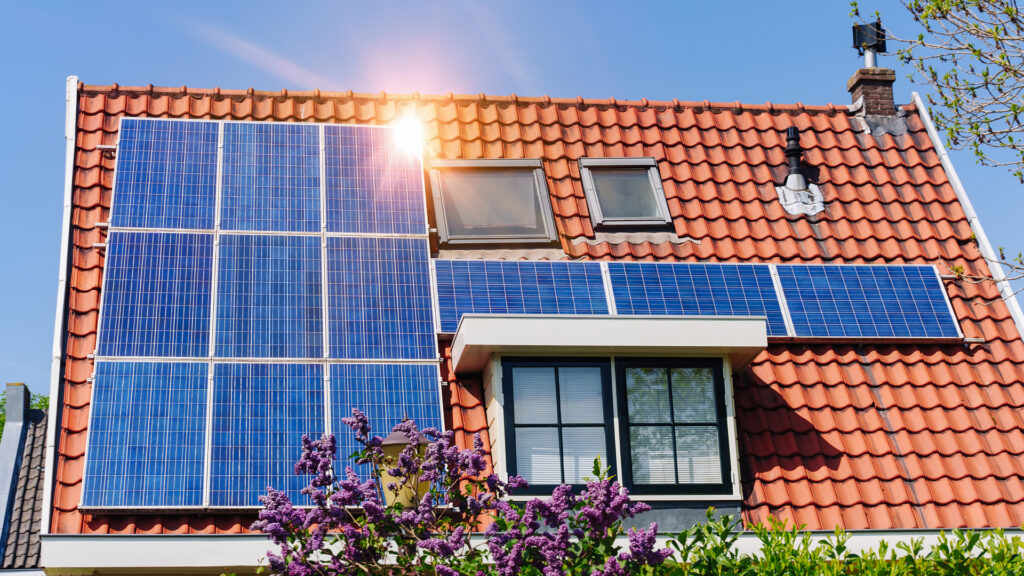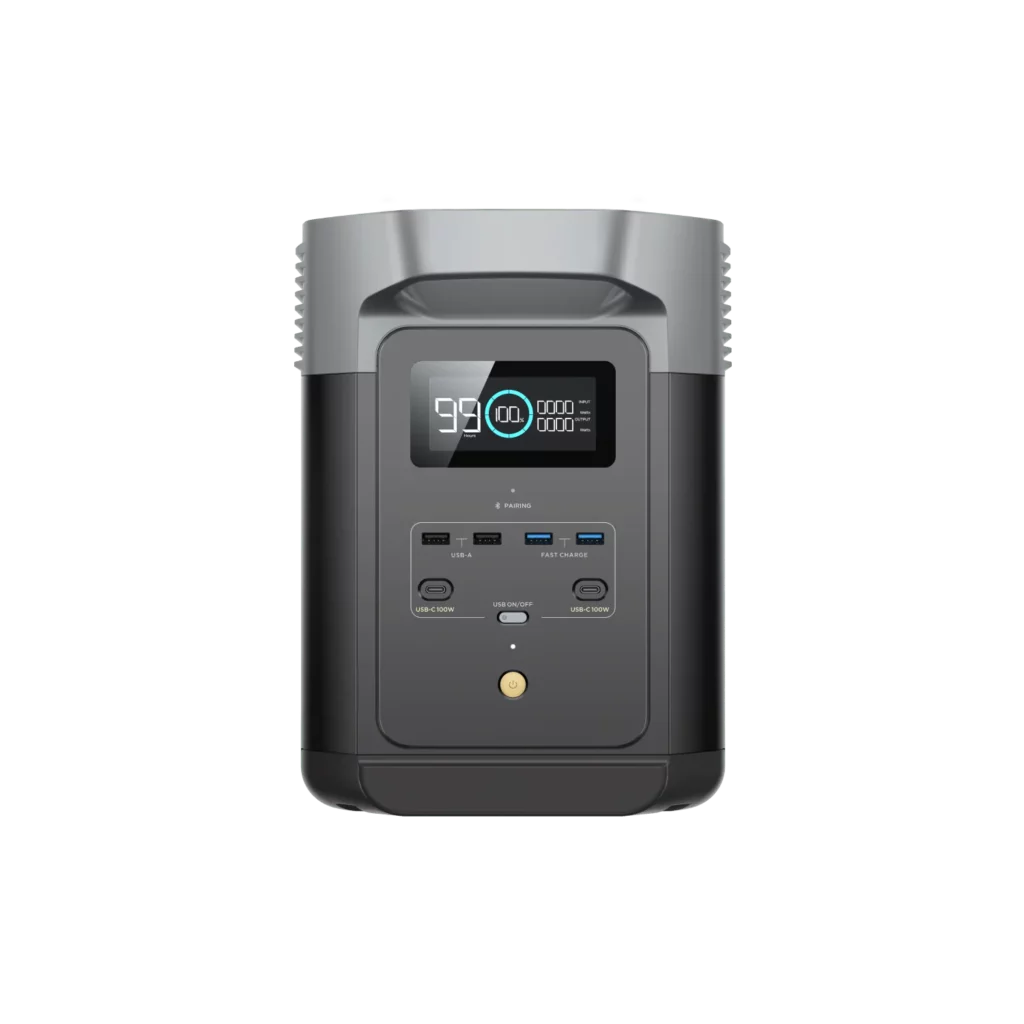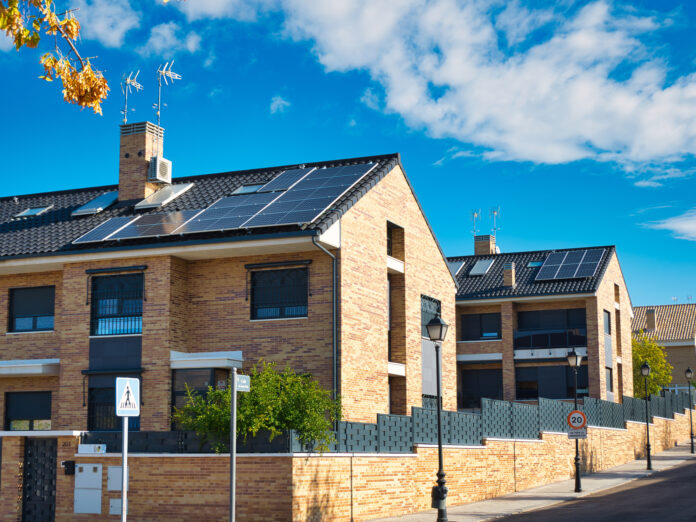Table of Contents
The last few years have seen a rapid acceleration in solar technology improvements that are unlocking tremendous new potential for residential solar energy adoption. Advanced solar panels, integrated storage systems, innovative solar roofing options, and new financing platforms are converging to provide homeowners more access than ever before to the benefits of solar power.
Recent analysis shows solar energy currently accounts for over 4% of U.S. electrical generation, as adoption rates continue exponential growth trajectories. With the average home solar system size expanding as well, solar technology is maturing into a mainstream energy source.
This article will explore the many recent innovations that are driving the mass adoption of residential solar power systems. We will examine key technologies dramatically enhancing solar capabilities, new solar financing options overcoming cost barriers, important factors in evaluating home solar potential, key questions for installers, and the promising future outlook for solar energy.

Dramatic Solar Technology Improvements Expanding Adoption
Several important classes of solar advances are making adoption more viable across a broader cross-section of households.
Integrated Solar Storage Systems
Integrated solar storage systems like the EcoFlow DELTA 2 simplify adding battery backup by combining solar panels and battery storage into a single appliance.
These all-in-one solar generators store excess solar energy captured during the day in battery banks sized from 1 kWh up to 6 kWh on premium models. The stored power provides homeowners reliable backup electricity in the evenings and during grid outages.
By smoothing solar power delivery after sunset, integrated storage allows tapping more of the sun’s potential. EcoFlow DELTA 2 models can recharge from 0 to 80% in just one hour when solar panels are producing maximum power. This minimizes wasted daylight.

Smarter Solar Power Management
Modern solar installations increasingly interconnect with smart home energy management platforms. This allows real-time tracking of solar production and consumption from mobile apps.
Advanced energy automation and optimization capabilities help homeowners maximize the self-consumption of solar power produced. Smart systems can automatically schedule high-consumption appliances and devices to run when solar production peaks.
Sophisticated power electronics, panel-level monitoring, and improved inverter technologies further enhance solar efficiency.
Innovative Solar Roofing Options
An exciting development is solar systems that directly integrate into roofing materials. For example, Tesla Solar Roof shingles embed solar cells within durable glass for a streamlined, aesthetically pleasing installation.
Other providers like CertainTeed Apollo offer similar solar roofing tiles. This overcomes objections from homeowners about obtrusive panel installations.
Integrated solar roofs also benefit from faster, simplified installations compared to retrofitting traditional roofing with solar panels. Additionally, their durability exceeds conventional roofing materials for long-term protection.
Expanded Grid Independence
More capable integrated storage options allow homeowners to disconnect from the grid entirely. While grid-tied solar systems are still the most common, fully off-grid configurations give homeowners complete energy independence.
Premium storage systems like the EcoFlow DELTA 2 with up to 3 kWh capacity can store sufficient surplus solar energy to operate critical loads during extended utility outages. For remote homes, off-grid solar storage bypasses costly grid connection needs.
Living off-grid provides homeowners with true energy and geographic independence. It also serves as a power outage contingency plan as climate change drives severe weather disruptions.

Improved Efficiency and Costs
Incremental solar cell, inverter, and panel improvements are driving up efficiency while costs decline. Panels with advanced solar tracking systems further optimize energy production potential throughout the day.
Continued expected cost decreases will promote solar adoption. One analysis estimates that solar panel costs could fall a further 40% by 2030. Higher efficiencies also reduce space and battery storage needs for required solar capacity.
New Financing Platforms Eliminating Adoption Barriers
Along with rapid technology improvements, new financing platforms are helping expand access to home solar power.
Lower Upfront Cost Barriers
Leading options for removing upfront cost barriers include:
Solar Loans – Loans allow spreading solar system costs over 10-15 years with predictable loan payments. This pay-as-you-go structure is attracting homeowners who cannot afford major lump-sum purchases.
Solar Leasing – Under a lease, homeowners simply pay a fixed monthly fee to a solar provider who installs and owns the system. This requires no down payment but forfeits some incentives.
Community Solar – Joining a shared community solar project lets you buy into a centralized local solar installation. You receive credits to reduce your electric bills while sharing maintenance and output.
Solar Power Purchase Agreements (PPAs) – Solar PPAs involve contracting with an installer who owns your solar system. You agree to purchase the system’s actual power generation at a fixed rate over a term of 15-25 years.
Improving Affordability
The cost of an average 6 kW residential solar system has dropped from over $40,000 in 2010 to around $18,000 today. Falling hardware prices coupled with financing programs are positioning solar investments favorably against long-term energy savings.
Focusing on net lifetime costs over 20-30 years rather than upfront costs also reveals solar power’s compelling value proposition for homeowners serious about controlling energy costs.
Supportive Government Incentives
Substantial federal and state-level tax credits, rebates, and tax incentives remain in place to further help defray solar power system costs. These supports WILL CONTINUE to promote adoption in the coming years.
The 26% federal solar tax credit on total system cost can save homeowners thousands. State-level rebates, solar renewable energy credits (SRECs), and net metering programs all add additional savings.
For example, Florida maintains a generous “net metering” policy. This requires utilities to provide bill credits at the retail electricity rate for excess solar power fed back into the grid.
Critical Factors When Evaluating Home Solar Potential
Recent progress in personalized solar analysis tools helps homeowners evaluate the viability of their unique property situation.
Energy Usage Patterns and Needs
Analyzing past electric bills reveals your home’s historical hourly, daily, and monthly consumption patterns. This establishes baseline power requirements to understand solar system sizing needs.
You also must determine future energy needs as you potentially charge an electric vehicle, install a pool, or expand your living space. A system sized for projected future usage prevents lost production.
Home Energy Efficiency
Improving home energy efficiency allows reducing solar system size and costs. Areas to target include lighting, HVAC, insulation, appliances, and electronics. Consider conducting an energy audit to identify savings opportunities.
You can even install low-cost efficiency upgrades first before final solar sizing to right-size the system to efficiently fulfill needs.
Physical Space Limitations
Use online tools or specialist site surveys to evaluate viable solar panel positioning on your roof or grounds considering:
- Total square footage of unobstructed area
- Impact of roof angles and azimuth orientation
- Shading from structures, vegetation, and other obstacles
Having ample south or west-facing exposure is ideal in northern latitudes. Account for future shading from growing trees too.
Local Climate Conditions
Your region’s typical solar radiation and weather patterns also determine system requirements. Fortunately, tools like Project Sunroof provide personalized recommendations specific to your address.
Generally, warmer climates with consistent sunlight like the Southwest require smaller solar capacities than cooler, overcast areas for equivalent energy needs.
Financial Payback Analysis
Once prospective solar sizes are established, use solar calculators to estimate payback time and long-term savings, factoring in:
- Pre-incentive cost based on $/watt equipment + installation rates
- Projected electricity bill offsets from solar self-consumption
- Available tax credits and local incentives
- Long-term utility rate increase assumptions
Focus on the 25+ year lifetime savings rather than short-term costs for the best representation of solar investment value.
Key Solar System Component Considerations
Solar power technology offers homeowners incredible options to customize systems to their priorities.
Solar Modules: Panels and Shingles
Typical solar panels use silicon photovoltaic (PV) cells in 60-72 cell panel configurations. More cells yield higher voltages but can be prone to greater shading losses. Newer products integrate PV cells directly into roofing shingles and tiles.
Higher-efficiency monocrystalline silicon PV cells outperform less efficient polycrystalline counterparts but cost more. Advanced thin-film PV materials are an emerging option as well.
Racking for Solar Modules
Rooftop solar systems require strong racks securely attached to rafters to mount panels. Racks are typically made of aluminum and are angled facing southward to optimize exposure at your site latitude.
Using multiple types of racking allows for covering diverse roof planes. Ground-mount racks provide sturdy platforms for free-standing solar arrays.
Inverters to Convert Solar Power
Microinverters installed individually with each panel offer module-level optimization. Central string inverters supporting multiple panels are a lower-cost option but lack panel-specific control.
Inverters convert solar DC power into 240V AC current used by home electric systems and appliances. Quality inverters provide critical system monitoring.
Integrated Storage Solutions
Batteries like the EcoFlow DELTA 2 allow storing excess solar generation for use when needed, such as at nighttime or during grid outages. This provides energy independence and resilience.
The EcoFlow DELTA 2 can recharge from 0 to 80% in just one hour when solar panels are producing maximum power. This minimizes wasted daylight.

Professional Installer Selection Essential
Vetting and selecting reputable solar installers is critical for a successful experience. Key questions for installers include:
- How long have you been in business? What is your BBB rating and reputation?
- Do you employ certified electricians and licensed roofers on staff?
- Can you explain the detailed system sizing calculations for my home’s specific conditions?
- Do you model actual solar production simulations for my roof’s azimuth, tilt, and shading?
- What integrated equipment options like solar storage can you provide?
- Do you handle permitting, utility paperwork, grid upgrades, etc?
- Will you perform monitoring and maintenance after installation?
- What workmanship, performance, and equipment guarantees do you offer?
Ideally, choose a local installer with an established record of deploying systems similar to your type and scale. Favor those who provide turnkey permitting, installation, integrated storage, and maintenance services.
Future Outlook: Massive Solar Growth Ahead
Multiple projections forecast residential solar power to realize 20%+ sustained compound annual growth globally through 2030. Driving this massive expansion:
Technological Improvements
Continual solar research and development will enhance efficiency by ~0.5% annually while accelerating cost declines. Expect more productive panels and batteries.
Supportive Government Policies
Tax credits, incentives, and renewable energy policies should continue boosting solar in the U.S. Stricter emissions targets and carbon pricing would further benefit solar competitiveness.
Climate Change Concerns
Households increasingly consider solar power as part of personal efforts to reduce environmental impacts from energy consumption. This values-based motivation will drive adoption.
Grid Power Reliability Challenges
As electricity costs rise and grid reliability declines from aging infrastructure, more homeowners will invest in solar energy independence and resilience.
With such compelling growth catalysts ahead, it becomes evident why analysts foresee over 20 million new home solar installations in the next 10 years. The solar future is exceedingly bright.
Conclusion
Ongoing solar power technology advances are providing homeowners more affordable and accessible opportunities than ever before to harvest clean, renewable energy from the sun. Solar power delivers electricity bill savings, energy independence, grid resilience, and sustainability, and demonstrates sound financial returns for households. With the many innovations discussed here revolutionizing residential solar capabilities while costs drop, solar power’s phenomenal growth trajectory appears poised to accelerate further. The solar future has arrived.
